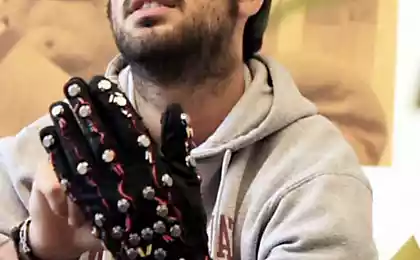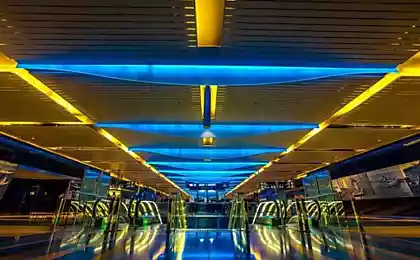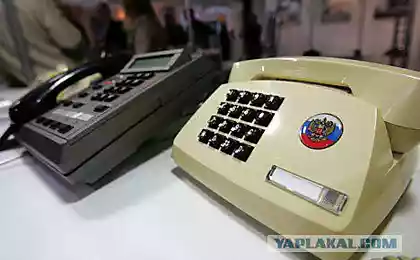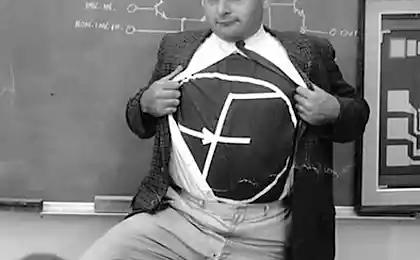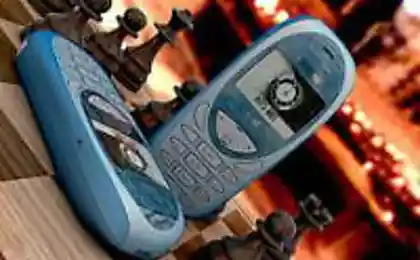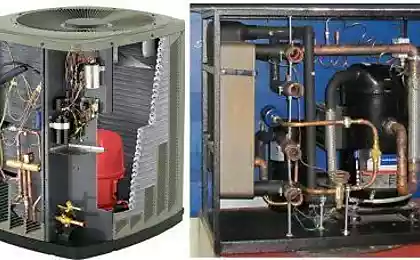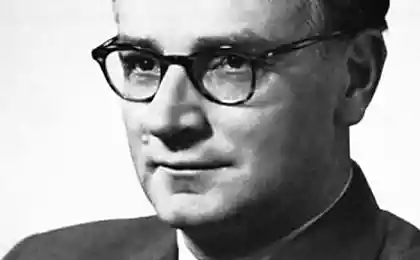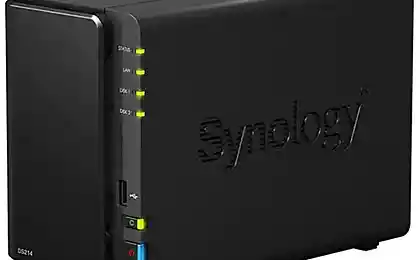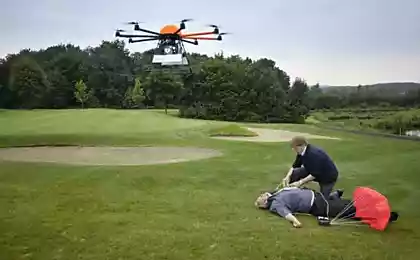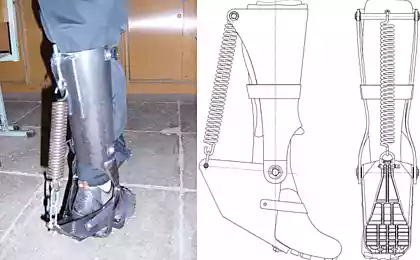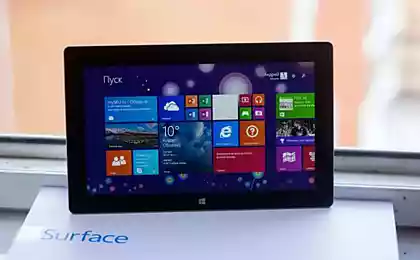803
Engineer saved the life of a device which he himself developed and
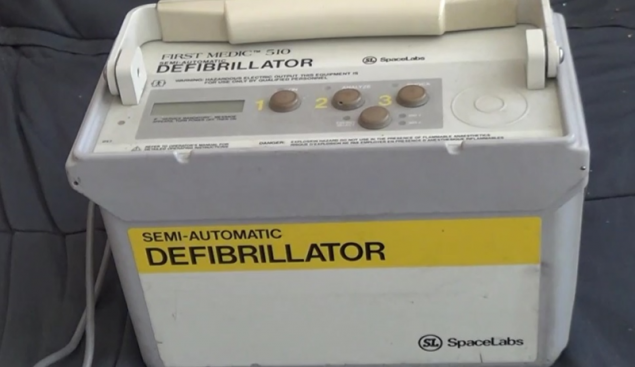
Brian - new to computers. He unaided and include a computer can not. But he loves to play basketball. In one of the games his team lost two points, the game is coming to an end, and they could not win. One of his players could well get into the ring, but nothing else really do not know how. After a successful throw it snaps into place, although Brian yelled to him, so he ran back to the defense. Instead, the player suddenly fell face down. He suffered a heart attack.
This player was me, and as I tell this story, this time I survived. Survived thanks to one of his old projects, I worked as an engineer for many years ago.
My name is Chris, and in the 70 years I got a degree in electronic engineering University of Michigan. I am fond of Bioengineering, computers, and wanted to create a cure for my diabetes.
After studying I got into a big airline. There I engaged in automation of various tests, and created programs and devices for testing electronics planes before they could go in flight. But soon I left a big company with its bureaucracy and got to the hospital to work on your computer, to analyze the ECG. The system used pattern recognition and database to automatically issue diagnoses. I worked with a computer HP1000 / RTE, which are replaceable hard drives up to 300 MB each and backup to carrier film.
Cardiologist, with whom I worked, was enclosed in a small start-up for the production of semi-automatic defibrillators, which could carry fire, police, etc. The faster you respond to a heart attack, the higher the chances of survival. While only ambulance staff and other professionals can work with the defibrillator. But needed time to a specialist came to the scene.
To create algorithms device company First Medic wanted to obtain data on the ECG, I've worked on. I was their first consultant, and then began to work for them. The device had to be small, portable, provide a shock of up to 360 J, the batteries have not burned during operation, to work together with him a man what to do next, read the patient's ECG and determine at what point it is necessary to supply current. After the operation, the system should communicate with the hospital and send back data.
We made small cartridges that are inserted into the device. I made a device for reading and transmitting data to the serial port and / or modem and software for data management. All this had to be done on computers running DOS and have 640 KB of memory, as the police and firefighters had no money for better computer systems. I even had to write a driver for the printer, and the system to display the ECG graph on the screen under DOS. I used C, Asm and many other languages.
Our first device was the First Medic 510 AED (automatic external defibrillator). His first began to use fire in New York, San Diego, Alameda and Vancouver. I liked to introduce it and train people to use our device.
It may surprise you that the red tape to change the laws in different states to those allowed to use such devices to lay people, sometimes took much more time than we spent on the production of the device. We had a problem - for example, foreign investors who suddenly abandoned the project. We were left without money and we bought another company before the final release of the product. We were asked to pay, and the result is the company's shares. We had them not to throw away - good to come wallpaper.
But back to basketball.
Two teenagers rushed up to me on the field and held me procedure cardiopulmonary resuscitation. But, more importantly, the seized apparatus AED, which was recently purchased by the club, and the treatment to which the staff has been trained, and restart my heart. Two weeks later, I was discharged from the hospital. I rescued two teenage boys and a brand-new AED.
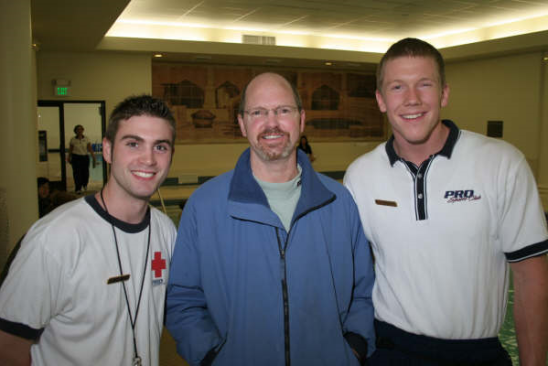
And Brian glad that I brought back to life, because I help him include his computer!
Source: geektimes.ru/post/245610/
The place where the Harvard University keeps millions of books
What killed the "terrible lizards"? On the generators of mass extinctions

